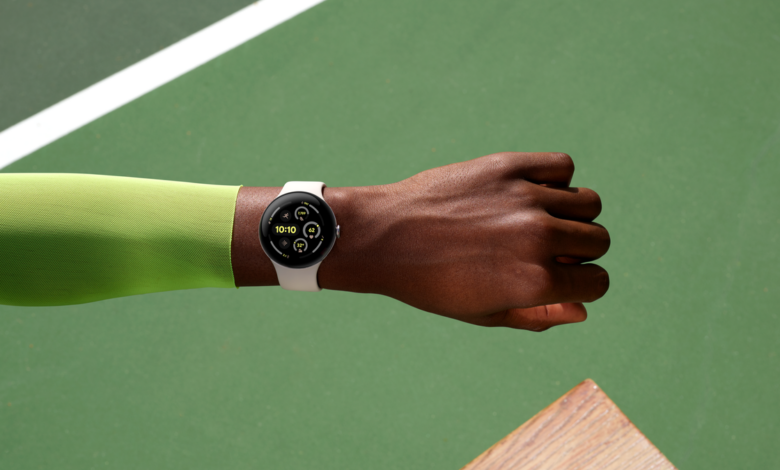The Google Pixel Watch 3’s Loss of Pulse Detection is a first for smartwatches and could be a life-saver

At Made by Google 2024, the tech giant unveiled its next-gen wearable, the Pixel Watch 3, and with it a life-saving feature called Loss of Pulse Detection. It’s an opt-in tool that gives the smartwatch the “ability to detect loss of pulse,” which is a very frightening event where your heart suddenly stops beating.
According to the announcementThe Pixel Watch 3 uses a combination of “sensors, AI, and signal processing algorithms.” The heart rate sensor constantly monitors your heart rate via a green light. But let’s say, for example, your heart stops beating for whatever reason. “If the feature detects signs of a lack of pulse,” the wearable will execute a multi-step process.
First, infrared and red lights are activated, looking for signs of a pulse, however faint, while motion sensors check for movement. If you do not move, a countdown begins with an alarm. If you still do not respond, a call is placed to emergency services, along with a message telling the operator that you have no pulse and where you are.

Google says it worked with cardiologists to develop Loss of Pulse Detection to learn exactly how this event manifests itself in the human body. Its algorithm was fed “hundreds of thousands of hours of real user data from a diverse group of people” and tested so the AI could learn how to detect Loss of Pulse incidents. The company also consulted with emergency medical responders, such as dispatchers and paramedics, to get feedback on how best to implement the technology.
What’s interesting is that Google claims they even hired stunt actors to simulate cases of loss of pulse. They wore tourniquets to “induce pulselessness” and fell in ways “that would mimic a person” whose heart had just stopped.
Important details
Pulse loss detection will be available when the Pixel Watch 3 launches later this September, but only in select European countries including the UK, France, Ireland, and the Netherlands.
Google plans to roll out the feature to other global regions, such as the United States; however, the technology has yet to be “approved or evaluated by the U.S. Food and Drug Administration.” The company is currently “working with regulatory agencies” around the world to make the expansion a reality. The official trailer for the tool also lists a few key bits of information.
Loss of pulse detection is not intended for people with “existing heart conditions or those requiring cardiac monitoring.” It cannot diagnose any potential medical conditions, nor can it detect “every instance of loss of pulse.” Finally, contacting emergency services relies entirely on “call functionality and cellular connectivity.”
To stay up to date with everything that happened at the recent event, check out TechRadar’s round-up of the seven things we saw on Made by Google.




